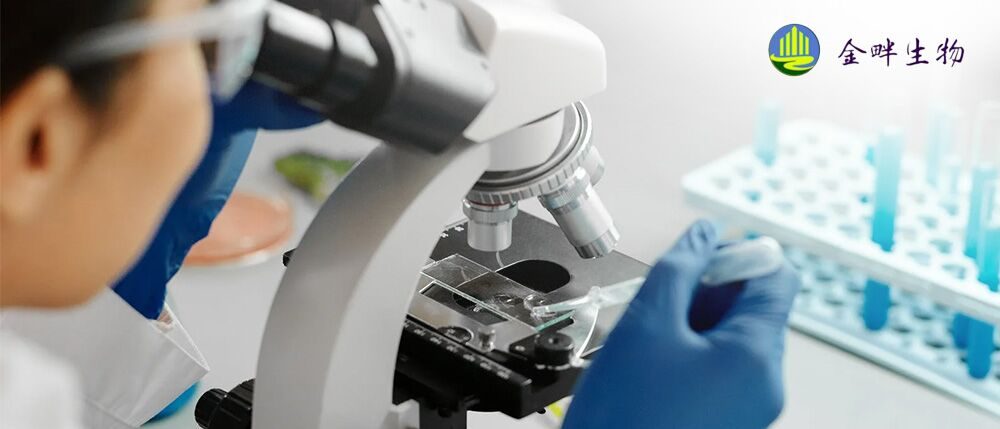Hampton research代理 HR2-755 100% Tacsimate pH 7.0
Tacsimate pH 4, 5, 6, 7, 8, & 9
APPLICATIONS
- Crystallization grade Tacsimate for formulating screens or for optimization
FEATURES
- Sterile filtered solution
- Formulated in Type 1+ ultrapure water: 18.2 megaohm-cm resistivity at 25°C, < 5 ppb Total Organic Carbon, bacteria free (<1 Bacteria (CFU/ml)), pyrogen free (<0.03 Endotoxin (EU/ml)), RNase-free (< 0.01 ng/mL) and DNase-free (< 4 pg/µL)
DESCRIPTION
To screen pH as a crystallization variable using Tacsimate one can mix together different ratios of different pH Tacsimate solutions. Refer to the pdf “Mixing Tacsimate Stocks to Screen pH” on this page. Or, one can add a buffer to the crystallizaiton reagent containing Tacsimate. Recommended final buffer concentration in the reagent well is 0.05 to 0.1 M.
Tacsimate
A pH titrated mixture of organic acids. 1.8305 M Malonic acid, 0.25 M Ammonium citrate tribasic, 0.12 M Succinic acid, 0.3 M DL-Malic acid, 0.4 M Sodium acetate trihydrate, 0.5 M Sodium formate, 0.16 M Ammonium tartrate dibasic. pH adjusted using NaOH
Measured pH of 100% Tacsimate is 4.0 at 25°C
Measured pH of 100% Tacsimate is 5.0 at 25°C
Measured pH of 100% Tacsimate is 6.0 at 25°C
Measured pH of 100% Tacsimate is 7.0 at 25°C
Measured pH of 100% Tacsimate is 8.0 at 25°C
Measured pH of 100% Tacsimate is 9.0 at 25°C
| HR2-823 | 100% Tacsimate pH 4.0 | 200 mL |
| HR2-825 | 100% Tacsimate pH 5.0 | 200 mL |
| HR2-827 | 100% Tacsimate pH 6.0 | 200 mL |
| HR2-755 | 100% Tacsimate pH 7.0 | 200 mL |
| HR2-829 | 100% Tacsimate pH 8.0 | 200 mL |
| HR2-813 | 100% Tacsimate pH 9.0 | 200 mL |
REFERENCES
1. Searching for silver bullets: An alternative strategy for crystallizing macromolecules. Alexander McPherson and Bob Cudney. Journal of Structural Biology 156 (2006) 387–406.
2. A novel strategy for the crystallization of proteins: X-ray diffraction validation. Steven B. Larson, John S. Day, Robert Cudney and Alexander McPherson. Acta Cryst. (2007). D63, 310–318.
3. Structure of the catalytic and ubiquitin-associated domains of the protein kinase MARK/Par-1. Eckhard Mandelkow et al. Structure 14, 173-183, February 2006.
4. A comparison of salts for the crystallization of macromolecules. Alexander McPherson. Protein Science (2001), 10:418-422.
5. Crystallization of a newly discovered histidine acid phosphatase from Francisella tularensis. Richard L. Felts, Thomas J. Reilly, Michael J. Calcutt, and John J. Tanner. Acta Crystallogr Sect F Struct Biol Cryst Commun. 2006 January 1; 62(Pt 1): 32–35.
6. Structure of the GTPase and GDI domains of FeoB, the ferrous iron transporter of Legionella pneumophila. Petermann et al, FEBS Letters Volume 584, Issue 4, Pages 733-738 (19 February 2010).
